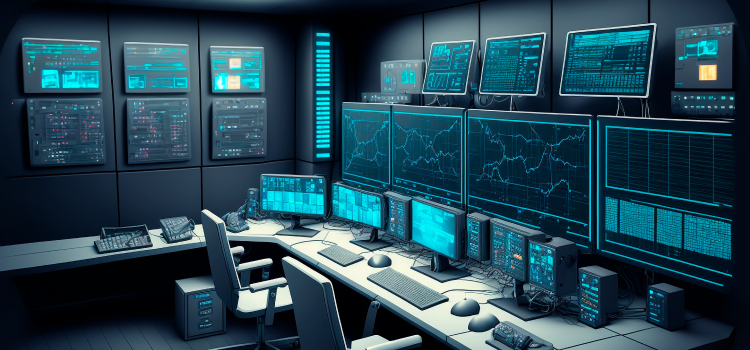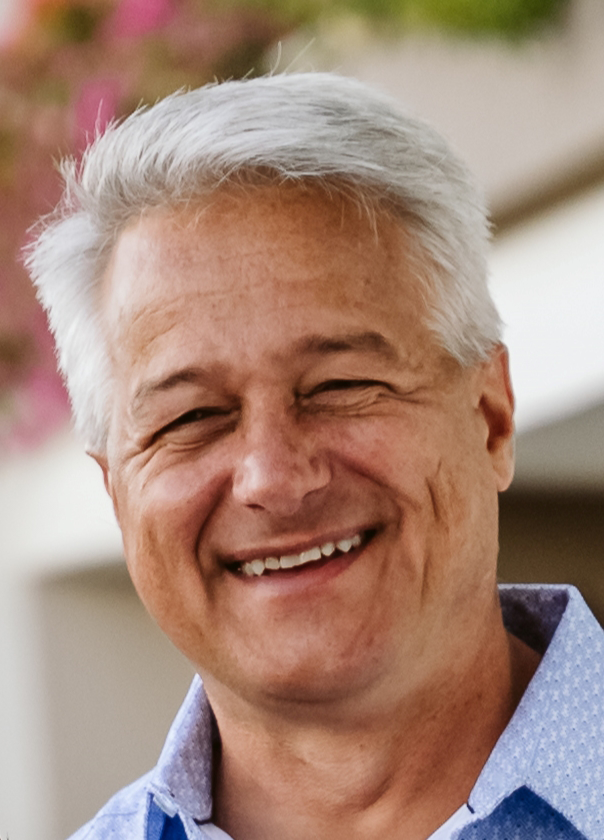Keeping an Eye Out with Situational Awareness
On Situational Awareness with RGB Spectrum's COO Scott Norder. Learn how humans and situational awareness tech can complement each other to improve decision-making and public safety—empowering first responders and operations center staff to say, "Let me share that with you."

Once commonplace almost exclusively in the military—situational awareness technology has made its way into campus and municipal emergency operations centers across the country. Body cameras, facial recognition, and video management systems that highlight regions of interest help direct first responders where they're needed most in an emergency—and can sometimes prevent an emergency altogether.
We sat down with Scott Norder, chief operating officer at RGB Spectrum, to discuss the ever-growing part that situational awareness plays in keeping the public safe. "If you don't know what's going on, you can't react appropriately," he said. "The side that will typically win a battle is the one that's better prepared, has better information infrastructure, and can react faster."
Decision-Making, Made Better

Collaboration is, without a doubt, one of the most important benefits of creating situational awareness.
With live data feeds being visualized and decisions communicated to first responders in real-time, true situational awareness is ongoing and reciprocal. "The benefits of that full, 360-degree feedback loop are not only better decision-making in the control center, but also in the field, and improvement in the safety profile of first responders' engagements." Norder continued, "If there is an active shooter, and they have reports from the field on where that shooter is likely to be, then they can pull maps together and look at lines of sight; they can figure out the safest approach."
That improved safety profile is a direct byproduct of improved efficiency. "Because all of this activity can happen faster and in real-time with good decisions, the whole process is more efficient; the information flows are better defined; and the first responders, people in the field, as well as the operations center staff know those lines of communication," Norder explained. "They're much more efficient when they call for help, and how they redirect resources based on existing activity."
Bridging The Human Gap
The situational awareness technology lets operators view the right things at the right time. "More data, more video, more integrations, more feedback—that's going to create information overload," Norder said. "By integrating the various technologies that can highlight incidents as they're happening and organizing information, so it's presented to operators promptly, you prevent that overload of having to watch everything all at once."
Technology also helps to counteract a perennial security weakness: people. "One of the problems in any security system is often the human link; people get tired, bored, and complacent," Norder said. "When an operator is engaged, you can diminish the negative impacts of those external influences and the potential tediousness of the job. If you're looking at the same cameras all the time and nothing's happening—that will get pretty boring."
"Here's What I'm Seeing"
But while that "human link" is susceptible to bias and complacency, Norder clarified that ultimately, active observation completes the circle of situational awareness. "The flip side is that operators who are actively involved—that are actively observing what's happening—can spot what automated systems can't," he said. "And so, while the human is potentially the weak link, the human is also the secret weapon in the system when they're empowered with situational awareness."
A daily selection of features, industry news, and analysis for AV/IT professionals. Sign up below.
Suppose there is a fire in a school, for example. In that case, only operators can nimbly take multiple sources and identify what's essential—escape routes, traffic incidents preventing evacuation, any necessary medical response, et cetera. "If you can't create that sub-visualization of information, then you've lost situational awareness," Norder said. "You need to be able to zero in on what you need to make decisions. That's a key part of information management."
Regarding implementing situational awareness technology, Norder noted that while he's surprised at how quickly first responders and operations centers have acclimated, there's still a bit of a learning curve. "There's still a lot of training and education that needs to be done as the systems get deployed and enhanced," he said. "That's a critical element—taking the raw information in front of you and showing operators how that can be coordinated, condensed, and actionable."
That training, when successful, makes for a seamless partnership between decision-makers and responders in the field. "Collaboration is, without a doubt, one of the most important benefits of creating situational awareness," Norder said. "Once your operators are truly comfortable with multi-persona visual communication—Zoom or Google Meet or whatever—that's tied together with data about what's happening and being able to share that: 'Here's what I'm seeing up here. Let me share that with you.'"

The AVNetwork staff are storytellers focused on the professional audiovisual and technology industry. Their mission is to keep readers up-to-date on the latest AV/IT industry and product news, emerging trends, and inspiring installations.
